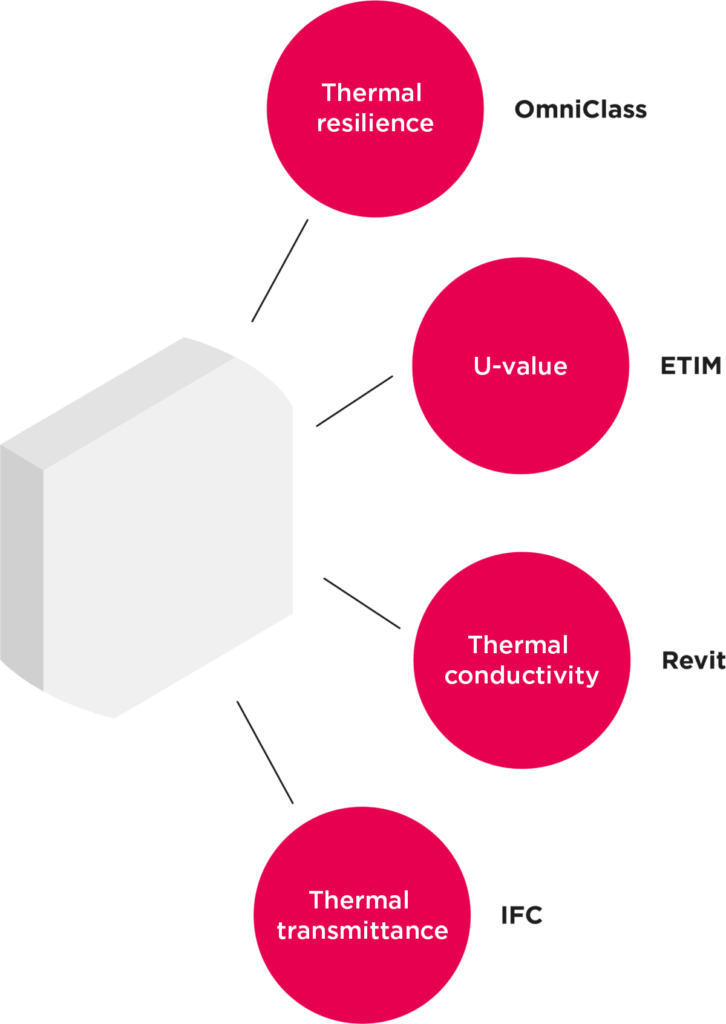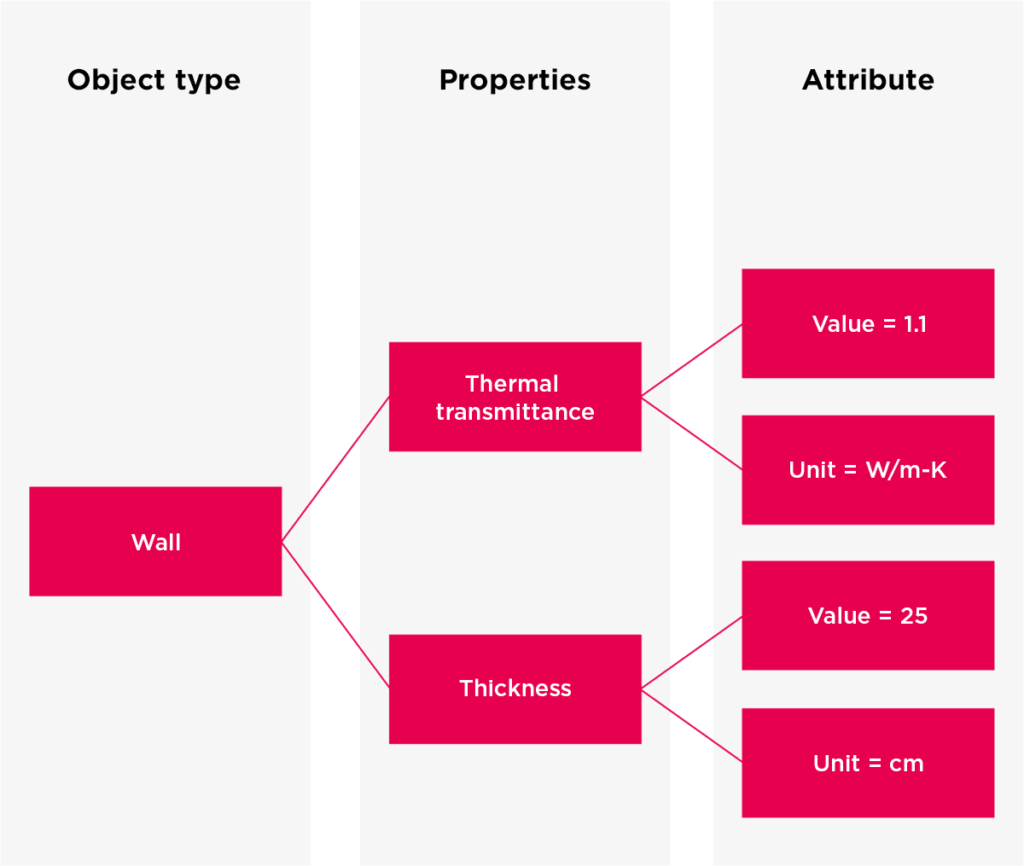Data templates as final puzzle piece for model-based work
Part 5
Building Information Modelling stands for the transition from a document-based approach to a model-based approach. In this series on LOD we have specifically dealt with the standards used to define the data content for these model-based processes. In simple terms, the LOD convention, similar to the convention on scale before it, serves as a common reference, even as a contractual agreement between two parties (mainly the client and contractor) on how which data is to be delivered, at what stage of completion and at what stage of the project.
In the first articles of this series we learned that LOD is object-based; it specifies the level of detail for a particular model object at a particular stage of a project. While the original use of the LOD convention was more focused on geometric details, the emphasis has now shifted to alphanumeric content. Significantly, with the publication of the ISO standard for information management with BIM we recognize information specification and validation as one of the central components of BIM project management. The correct definition of information requirements not only brings clarity to project definition and execution, but also provides a measure against which an owner can validate the final results.
The series at a glance
- Part 1: Basics of LOD
- Part 2: Features of the LOD specification
- Part 3: ISO 19650 for the BIM planing
- Part 4: From LOD to LOIN
- Part 5: Data templates as final puzzle piece for model-based work
Data definition and exchange
Looking at typical BIM projects five to ten years ago, a large part of the “BIM” activities took place within individual organizations. There was model exchange, but the focus was often on the spatial coordination of geometric models (e.g. visual coordination and collision detection). Over the past five years, interest in the data content of information models has increased. On the one hand, this resulted from the desire of certain organizations to link project data with other internal databases (such as costing or ERP systems), but also from the requirement to exchange and validate specific project data between project participants.
The increased focus on alphanumeric data revealed a major shortcoming in the definition of information content. There was and still is a wealth of different industry standards, software solutions and internal conventions used to name object types and object properties. This has rendered automated processes based on the identification of object and property types ineffective.
The following diagram shows some of the many different “standard” definitions for the thermal transmittance that currently exist What is called ‘thermal resistance’ in the OmniClass classification systems is called the ‘U-value’ after ITEM. In the Revit software application, the term ‘thermal conductivity’ is used, while in the IFC scheme it is called ‘thermal transmittance’. One solution would be to force all standards to use the same term. However, this is unrealistic and does not address the issue of language translation. What is needed is a standard framework for structuring object data and a mechanism for mapping between different definitions.

Data Template Standards
Two new standards have been developed in recent years, providing a framework for structuring object data and for mapping between different standards and languages.
EN ISO 23386 , published in March 2020, is a standard for ‘translating’ or mapping content with data dictionaries, such as the buildingSMART Data Dictionary.
EN ISO 23387 , published later this year, defines data templates for standardizing object content for digital workflows. Simply put, the data structure proposed in ISO 23387 defines various components (or even materials) for which a data template must exist. Within this data template there is a list of all possible properties, of which the properties can have one or more attributes. For example, the object type can be a concrete wall and one of the properties of the wall can be the heat transfer coefficient. The property ‘Thermal transmittance’ will have various attributes, such as the value, the unit type, etc.

Closing words
Standards for structuring and mapping object data definitions were a missing piece of the puzzle in model-based work. We only really became aware of this critical component when we moved from a document to a model and finally to a data-driven way of thinking.
In general practice, geometric definitions, as we know them from the LOD definition, will continue to play an important role, but data management (specification, exchange and validation) will become increasingly important in our BIM processes.

Mark Baldwin
Author and BIM expert, Managing Director of Digital Insights GmbH and co-director of the Digital Construction course at the Lucerne University of Applied Sciences and Arts.


